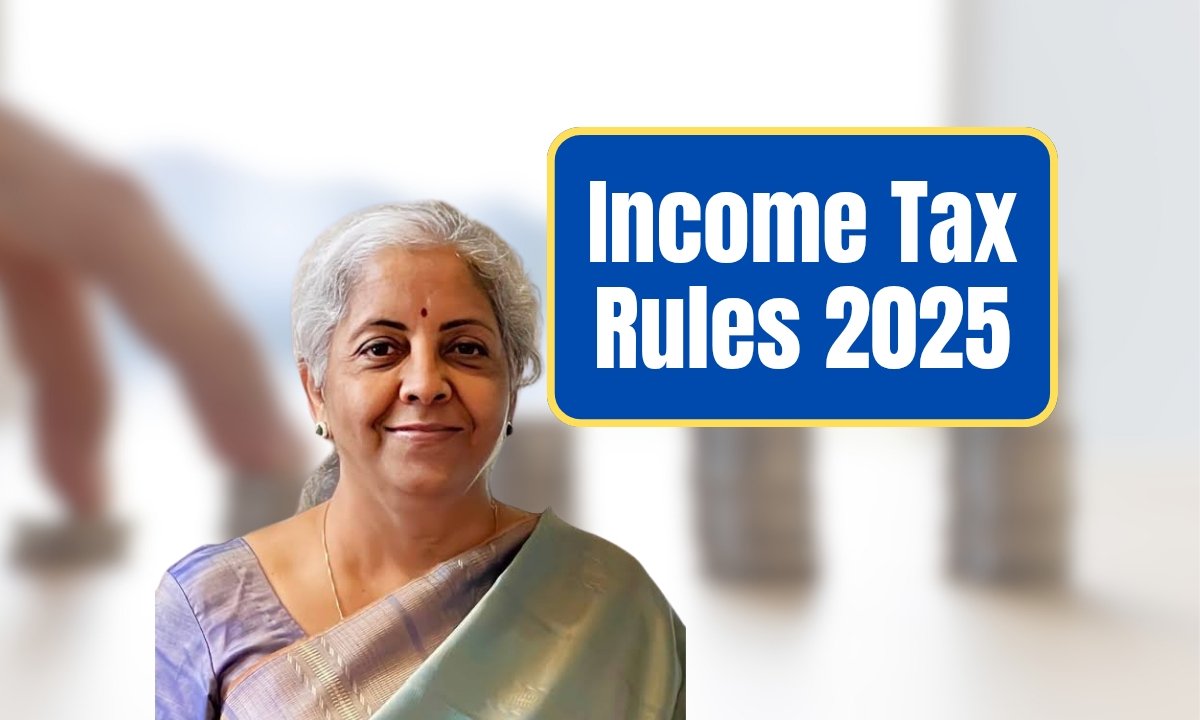The Income Tax Act for the FY 2025-26 will come into force on 1 April 2025. Major Income Tax amendments were introduced for simplifying compliance and giving reliefs to Indian taxpayers. Further amendments affecting tax slabs, deductions, and filing procedures, introduced under the Income Tax Bill, 2025, were imposed at the Union Budget, 2025. This article seeks to provide brief details on the major amendments, their impact, preparations that taxpayers need to undertake.
Revised Tax Slabs and Rebate
The revised slabs w.e.f. the new regime (default regime under Section 115BAC) for FY 2025-26 (AY 2026-27) are as under:
- Up to ₹4 lakh: Nil
- ₹4 lakh to 8 lakh: 5%
- ₹8 lakh to 12 lakh: 10%
- ₹12 lakh to 16 lakh: 15%
- ₹16 lakh to 20 lakh: 20%
- ₹20 lakh to 24 lakh: 25%
- Above 24 lakh: 30%A higher amount of rebate under Section 87A amounting to ₹60,000 has been allowed so that income up to ₹12 lakh remains tax-free under the new tax regime. With a standard deduction of ₹75,000 allowed to salaried individuals, tax-free income works out to ₹12.75 lakh. The old regime has retained its slabs (₹2.5 lakh exemption for less than 60; ₹3 lakh for 60-80; ₹5 lakh for 80), with a rebate of ₹12,500 extending to those with incomes up to ₹5 lakh
Enhanced Deductions and Exemptions
The old regime allowed certain types of deductions such as those of ₹1.5 lakh under Section 80C (for example, PF or ELSS) and ₹2 lakh on home loan interest under Section 24(b). A fresh deduction of ₹50,000 under Section 80CCD (1B) applies to contributions to an NPS Vatsalya account by a parent/s for the benefit of his/her child. So, the new regime, for all purport, being simpler in compliance perspective, offers fewer deductions. From April 1, 2025, under the new regime income-tax law, up to two self-occupied properties will be allowed to be declared with nil taxable income, irrespective of the reason for self-occupancy, thereby easing compliance requirements for homeowners.
Increase in Threshold Limits for TDS and TCS
The threshold limits for TDS have been increased to reduce compliance on various counts:
- Senior citizens’ interest income: ₹1 lakh ₹50,000).
- Rent and commissions: Increased limits, awaiting further details.TCS on overseas remittances under the Liberalised Remittance Scheme is increased to ₹10 lakh from ₹7 lakh. Sections 206AB and 206CCA, which mandated higher TDS/TCS for non-filers, are removed, making life easier for deductors. The 6% equalisation levy on digital ads for non-residents is also removed.
Extended ITR Filing Deadlines
Now the deadline for filing an updated income tax return (ITRU) ranges from 12 to 48 months from the expiry of the assessment year, so as to encourage disclosure of incomes hitherto unreported. For FY 2025-26, the date of filing of ITR is September 15, 2025, whereas belated ITR can be filed till December 31, 2025. With a one-time option for shift, Form 10-IEA would need to be filled by persons whose income is from business in order to go for the old regime.
Income Tax Bill 2025 Overview
The Income Tax Bill 2025 came into force on February 13, 2025. The new statute replaces the old one of 1961 with better clarity as it reduces the number of sections from 819 to 536 and the number of words from 5.12 lakhs to 2.6 lakhs. Now capital gains taxation is made simple in sections 67, 196-198, assessing capital gains on ULIPs where the premium exceeds ₹2.5 lakh (STCG at 20% and LTCG at 12.5%). Income from cryptocurrency is now taxable, erasing the earlier uncertainties.
Also Read: Big DA Hike Gift Coming Soon: Employees May See Huge Salary Jump
